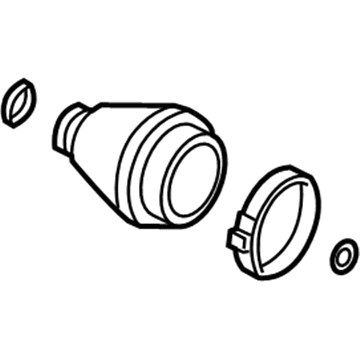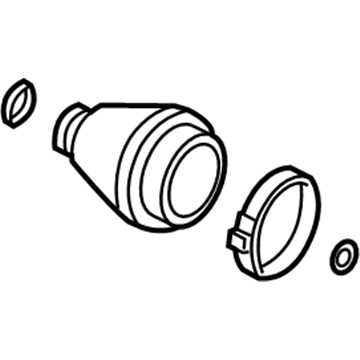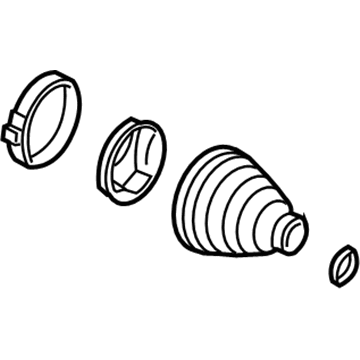
My Garage
My Account
Cart
Genuine Saturn Ion CV Boot
Axle Boot- Select Vehicle by Model
- Select Vehicle by VIN
Select Vehicle by Model
orMake
Model
Year
Select Vehicle by VIN
For the most accurate results, select vehicle by your VIN (Vehicle Identification Number).
4 CV Boots found
Saturn Ion CV Boot
The CV Boot in Saturn Ion cars is quite important because it protects the CV or constant velocity joint, which is instrumental in transmitting power in front-wheel-drive Transmissions. This elastic material is built from rubber or plastic so as to retain the proper grease for the CV joint while it is shielded from grime and grit, thus allowing the joint to function to the premier of its ability. Different CV joints are used for the Saturn Ion with fixed CV joints at the outer end and ingot CV joints at the inner end. Slave outboard joints, as it is often the case with Rzeppa joints, work at even steeper angles as compared to inboard joints that have to adapt to suspension translation changing the length of the shaft. It is crucial to pay much attention to the CV Boot, which, if it is torn or cracked, enhances the CV joint breakdown, though it serves a protective function.
Each OEM Saturn Ion CV Boot we offer is competitively priced and comes with the assurance of the manufacturer's warranty for the part. Furthermore, we guarantee the speedy delivery of your orders right to your doorstep. Our hassle-free return policy is also in place for your peace of mind.
Saturn Ion CV Boot Parts Questions & Experts Answers
- Q: How to remove the inner CV Boot on Saturn ION?A:To remove the inner CV joint, start by removing the CV axle and mounting it in a vise with wood-lined jaws to prevent damage. Check the CV joints for excessive play and smooth operation. If a boot is torn, disassemble the joint, clean the components, and inspect for damage. If the CV joint is in good condition, lubricate it with CV joint grease and install a new boot. To disassemble, cut the boot clamps and remove the boot, exposing the tri-pot spider assembly. Remove the snap-ring and mark the tri-pot to the axleshaft. Use a hammer and brass drift to drive the spider assembly from the axleshaft and slide off the boot. Thoroughly clean all components and inspect for wear. Reassemble by wrapping the splines with tape, sliding on the boot and clamps, and tapping the spider assembly onto the shaft. Apply grease and insert the tri-pot into the housing. Slide the boot into place, ensuring proper seating, and secure with clamps. For outer CV joint removal, cut the boot clamps and slide the boot away. Make a reference mark and measure the distance to the inner bearing race. Spread apart the snap-ring and slide off the CV joint. Clean and inspect all components. Reassemble by sliding on a new sealing boot clamp and boot, placing a new bearing retainer clip, packing the CV joint with grease, and driving it onto the axleshaft. Ensure proper seating and equalize the pressure in the boot. Secure with clamps and reinstall the CV axle.





